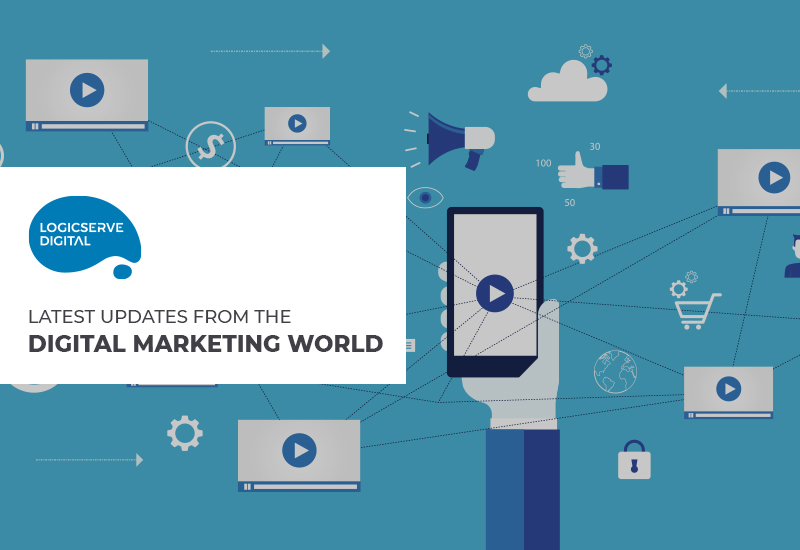1. Google Partners Program Puts New Requirements on Companies
A new Google Partners program is launching later this year, which may require current partner companies to make a number of changes. In order for companies to maintain their Google Partner status, they will have to meet a new set of requirements that go into effect in June 2020. [Source: Search Engine Journal]
2. Microsoft Advertising Introduces New Features for Shopping Campaigns
Microsoft Advertising is bringing new functionalities to shopping campaigns which are designed to help advertisers save time and gain more insight into account performance. These changes will be rolling out to all Shopping Campaign advertisers over the next few weeks. [Source: Search Engine Journal]
3. YouTube Tests New ‘Applause’ Creator Donation Feature, Expanding on ‘Super Chat’
YouTube is testing out a new way for fans to donate money to their favorite creators, expanding on its Super Chat streamer donation system. The new option, called ‘Applause’, would enable fans to purchase an applause animation, which they could then allocate to approved YouTube videos. [Source: Social Media Today]
4. Google: Use (relevant) keywords in your Google My Business description
A new “Describe your business(es)” section in the “Improve your local ranking on Google” page of the Google My Business (GMB) Help site encourages local business owners to include relevant keywords in their GMB descriptions. Google also still advises in the “Relevance” section on that page to give it as many signals as possible about your business. [Source: Search Engine Land]
5. Conditional IF functions now available in all Microsoft Advertising accounts
Support for IF functions is now available globally in all Microsoft Advertising accounts. This will allow you to automate customized messaging in expanded text ads based on a user’s device or audience segment. This function can be used in expanded text ad headlines and descriptions, but not URLs. [Source: Search Engine Land]
6. Google Search Console adds review snippets performance, enhancement and testing reports
Google announced new reports within Google Search Console to help you with your review snippets. Google added a new enhancements report, a new performance report and added new support for review snippets on the rich result testing tool. [Source: Search Engine Land]
7. New chart annotations make Google Ads’ change history reports much easier to navigate
Google added annotation cards in change history reports in the Google Ads UI. There are also new sections for using annotations. You’ll see a little triangle icon below the change history performance chart indicating an annotation. [Source: Search Engine Land]
8. LinkedIn Sales Navigator adds features to streamline workflows
LinkedIn rolled out several new features for Sales Navigator to make it easier to add leads from the sales prospecting platform to Salesforce, share content within a Sales Navigator account, get alerts when a company account shows signs of growth and more. These features are designed to streamline sales tasks and create more efficient workflow processes for sales teams. [Source: MarTech Today]
9. Google to Discontinue Classic Version of YouTube on Desktop
Google plans to discontinue YouTube’s older desktop interface as of March 2020, nearly three years after introducing the new version. Starting next month, users will only be able to access the current version of YouTube. Those who are still using the older interface will begin seeing notifications advising them to switch to the new YouTube. [Source: Search Engine Journal]
10. Google’s Gboard introduces Emoji Kitchen, a tool to mash up emojis to use as stickers
Gboard for Android is introducing a feature called “Emoji Kitchen” that allows users to mash up different emoji then use them as stickers when messaging. The stickers will work across apps, including Gmail, Messages by Google, Messenger, Snapchat, Telegram, WhatsApp and others. [Source: TechCrunch]




